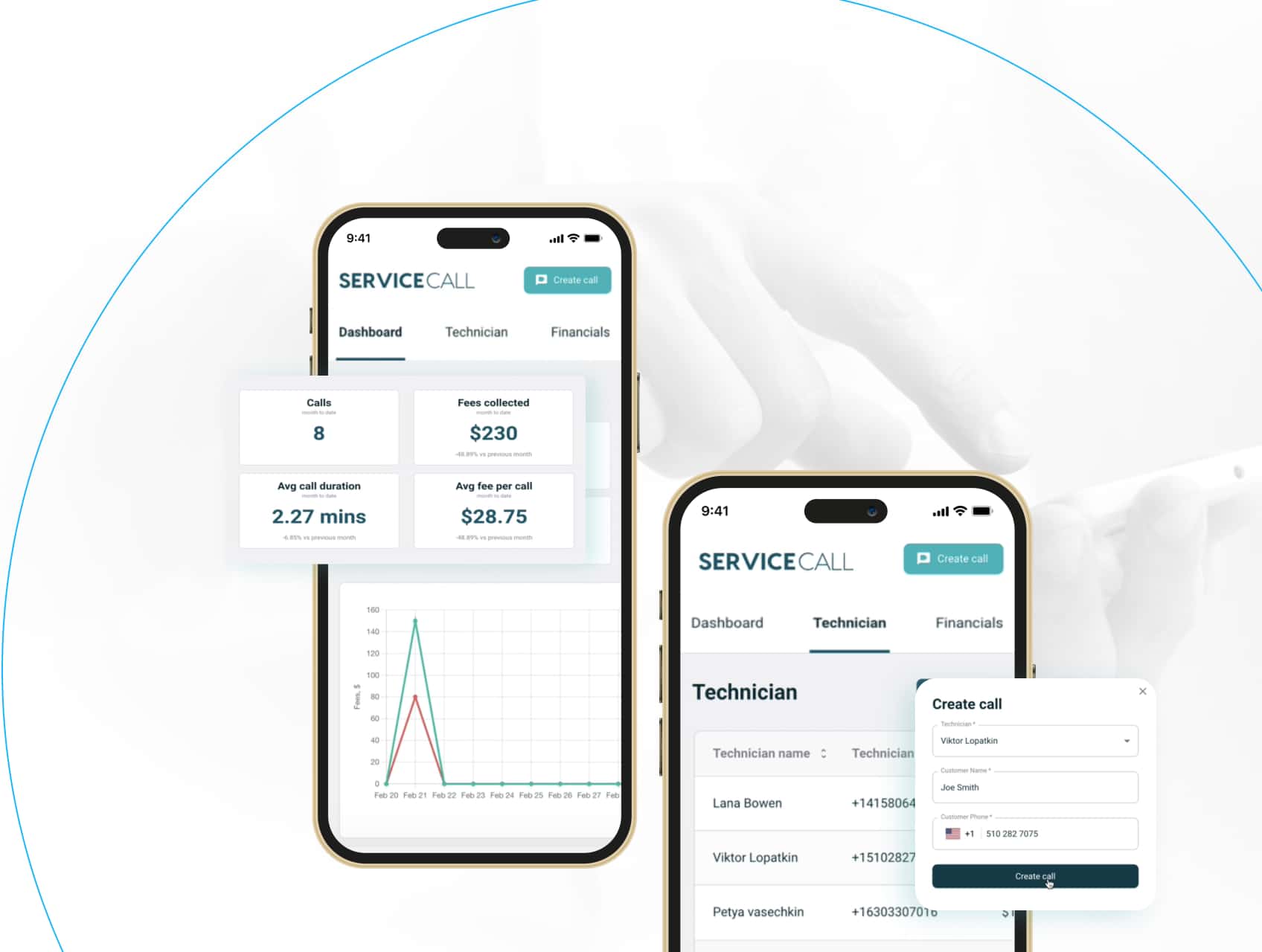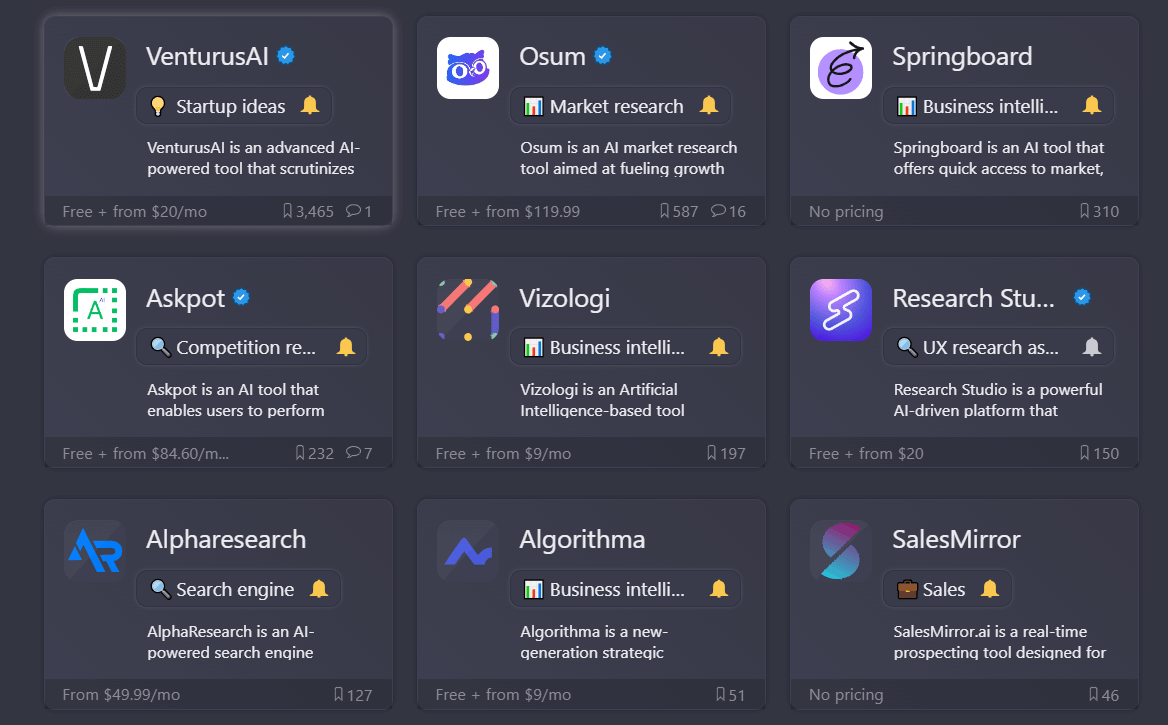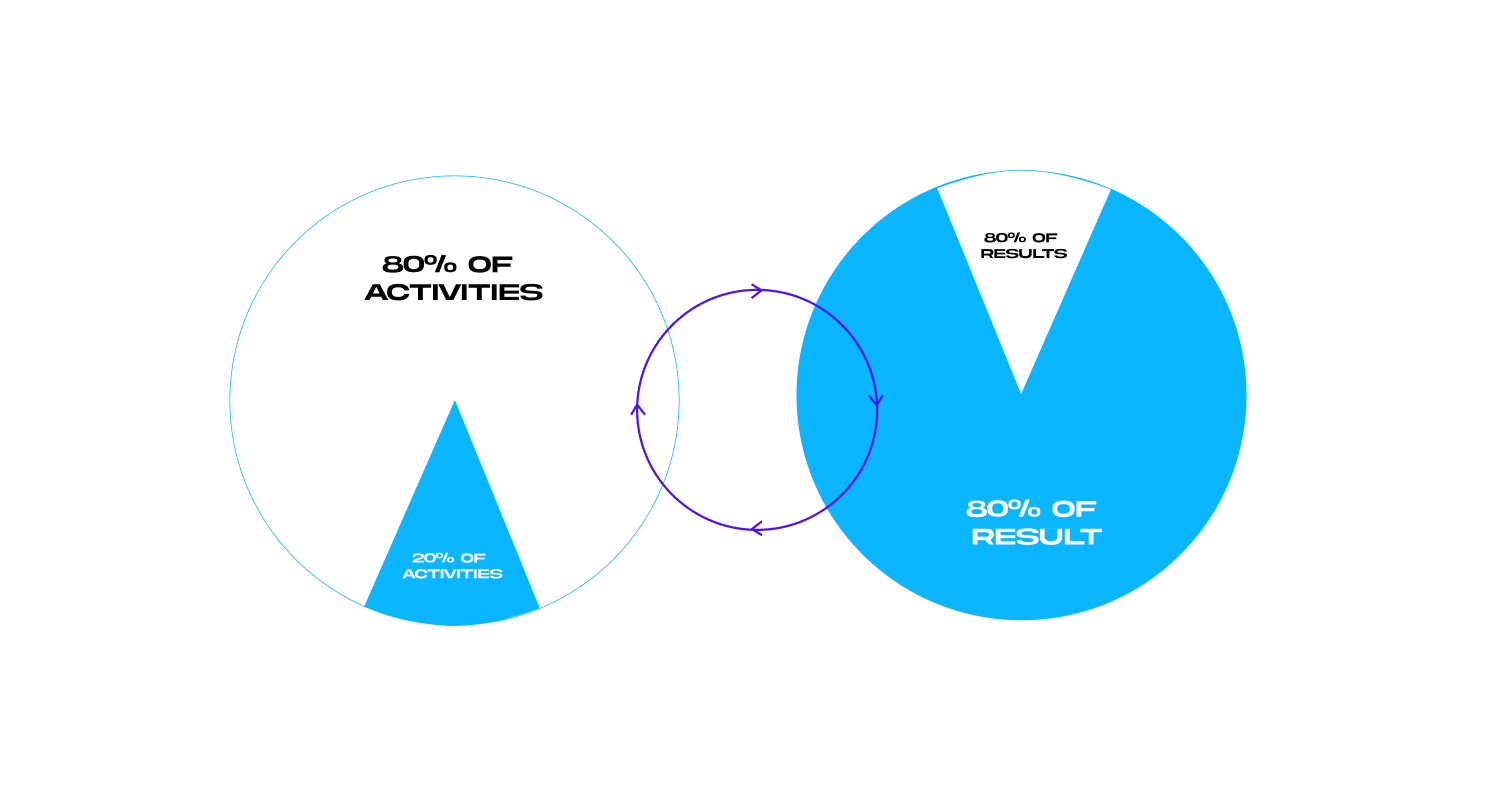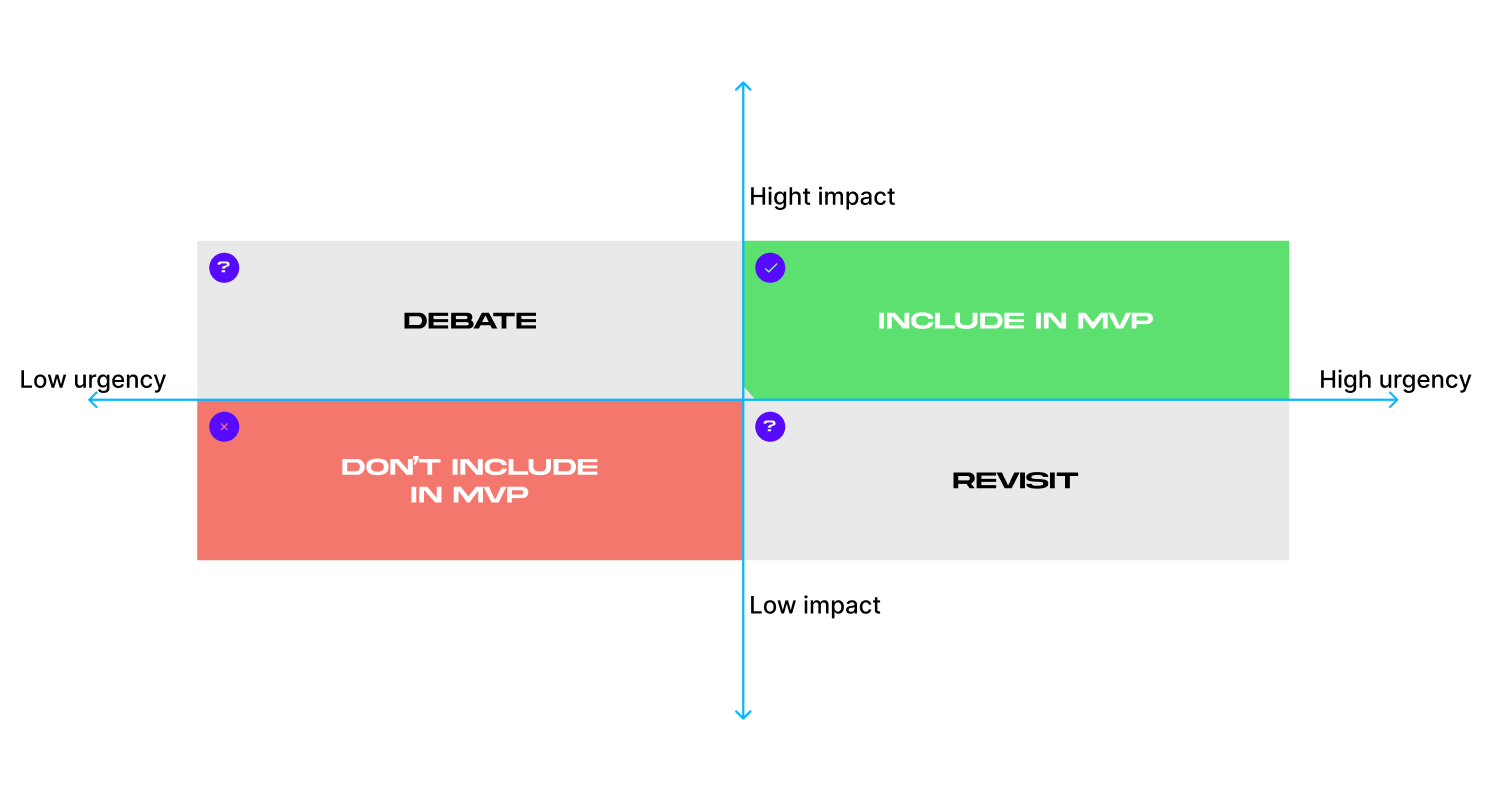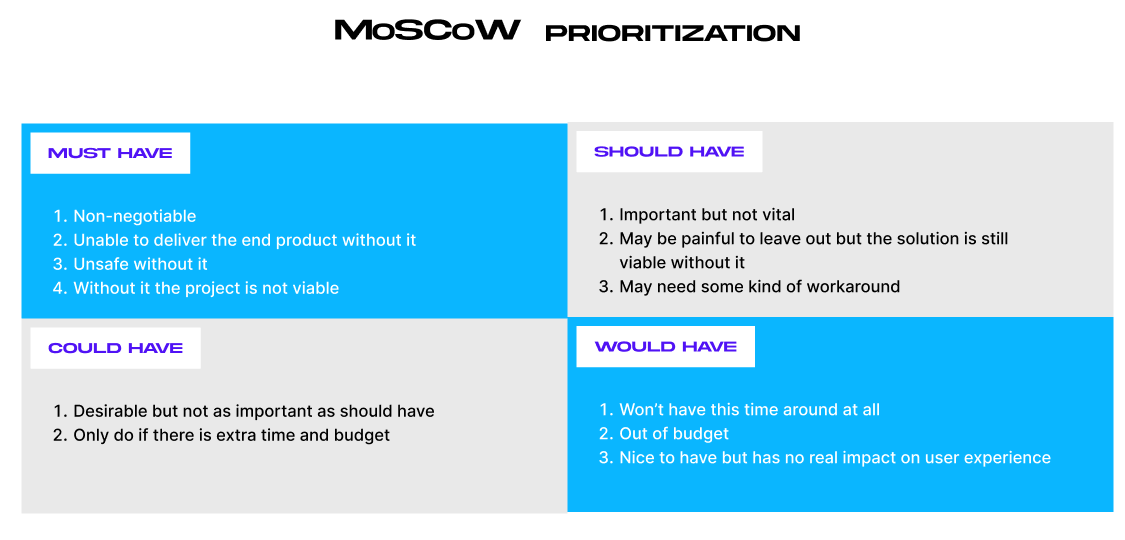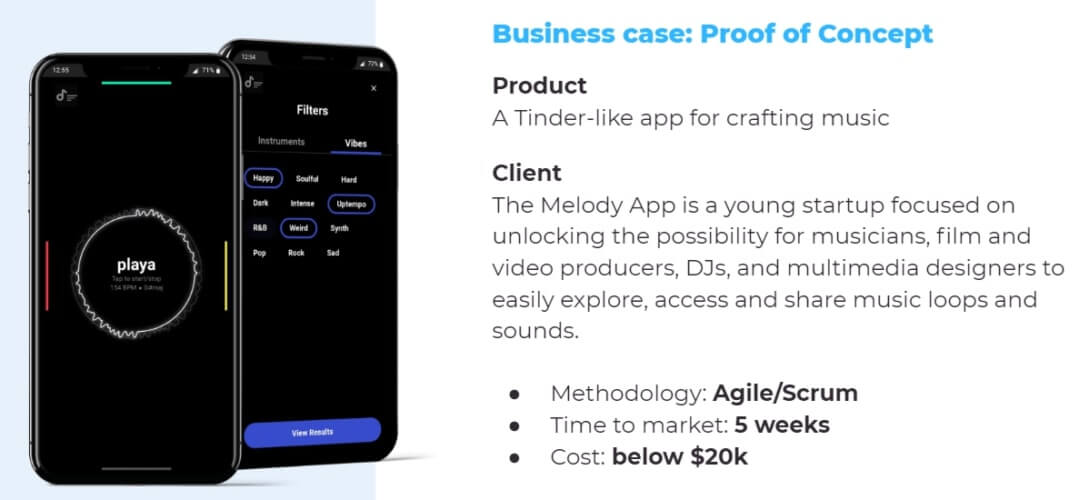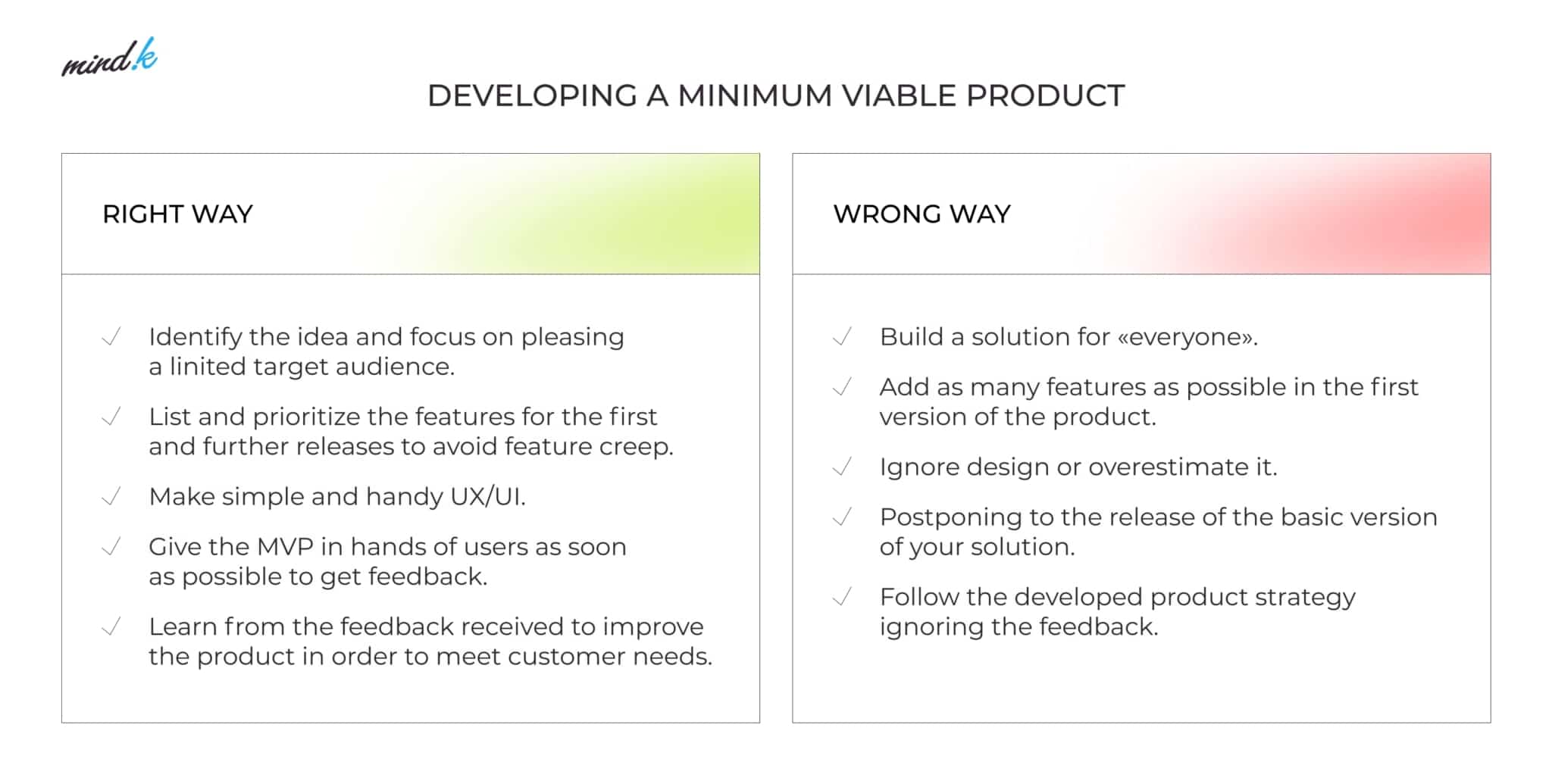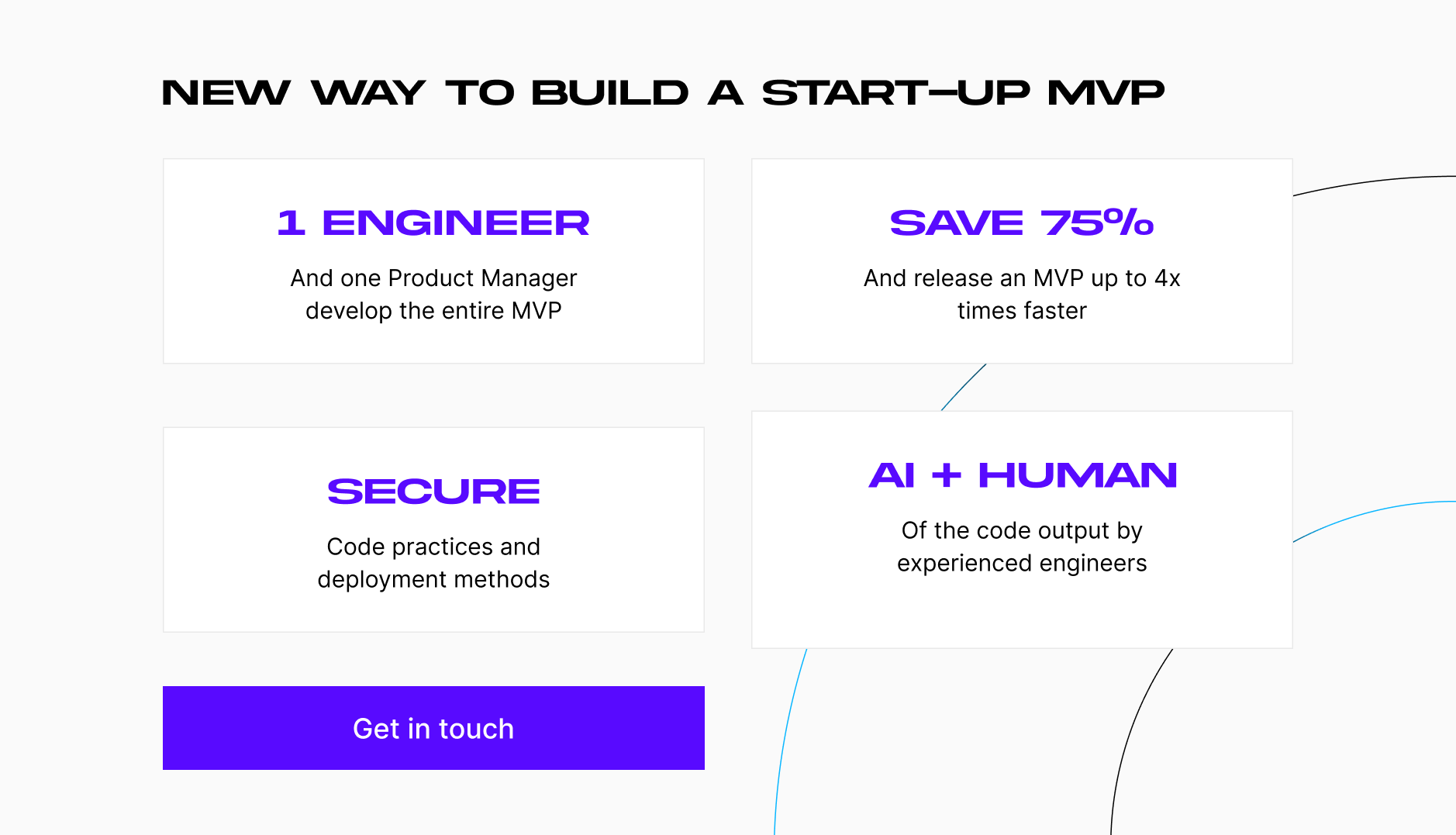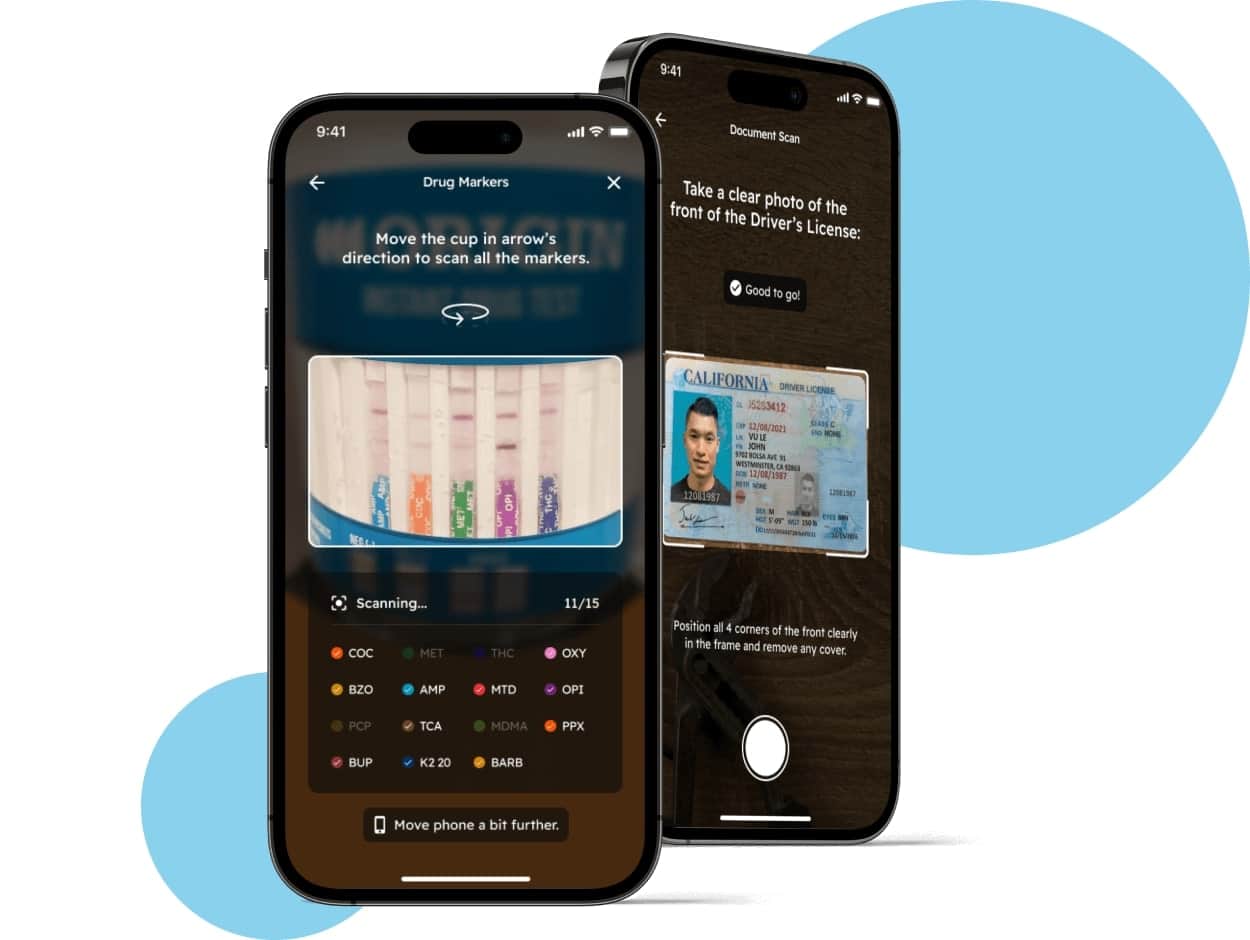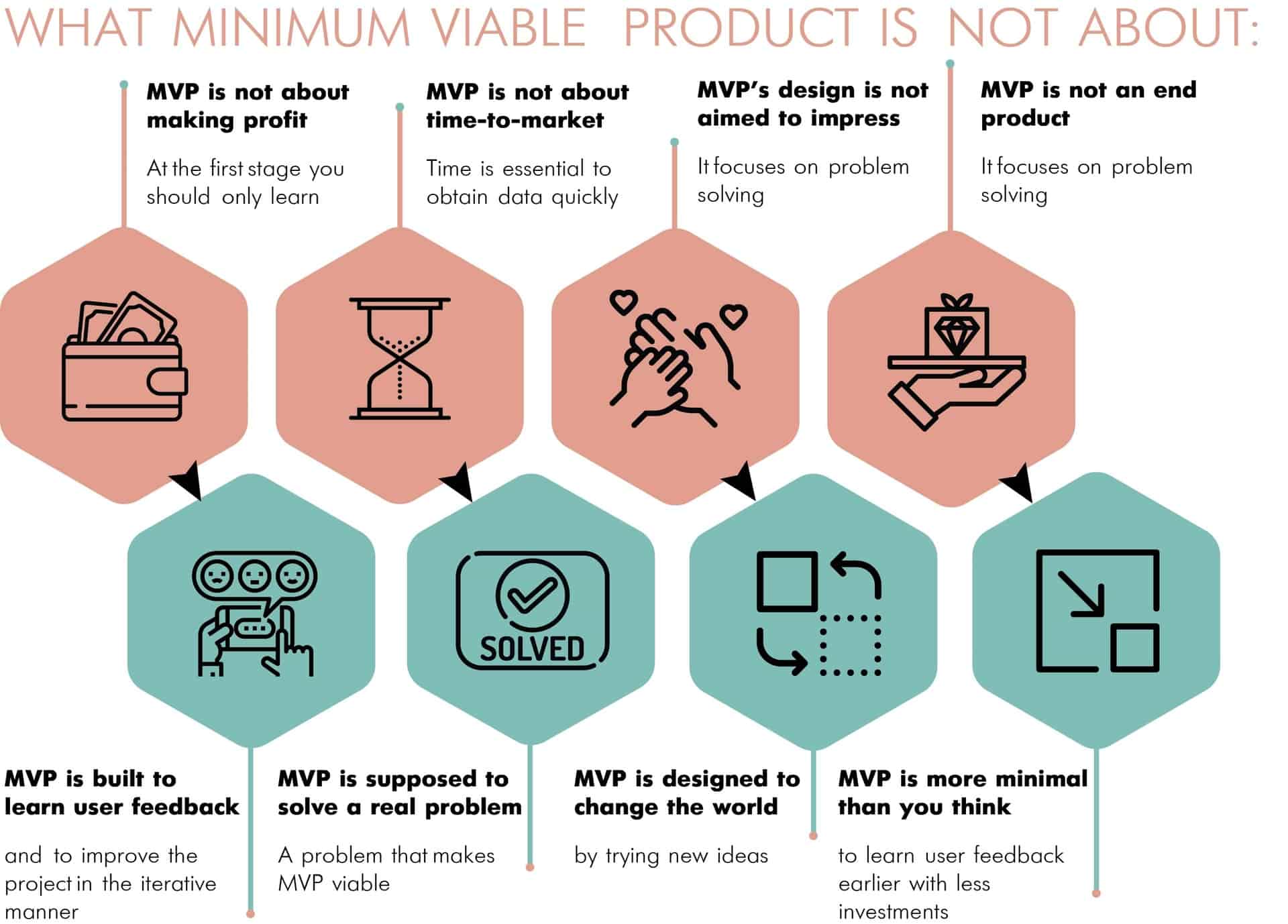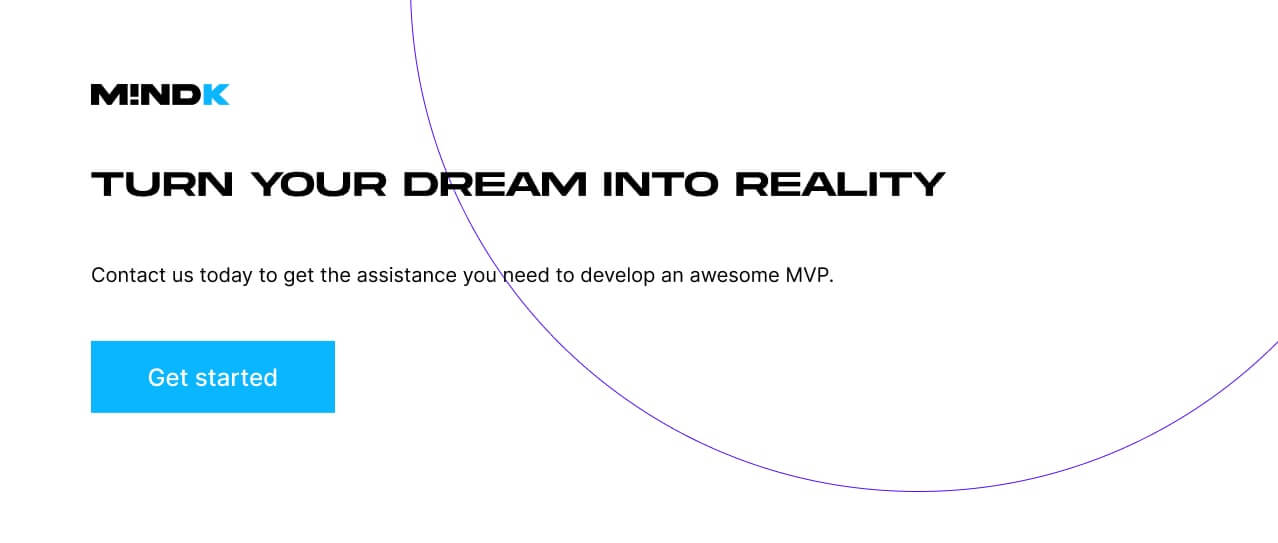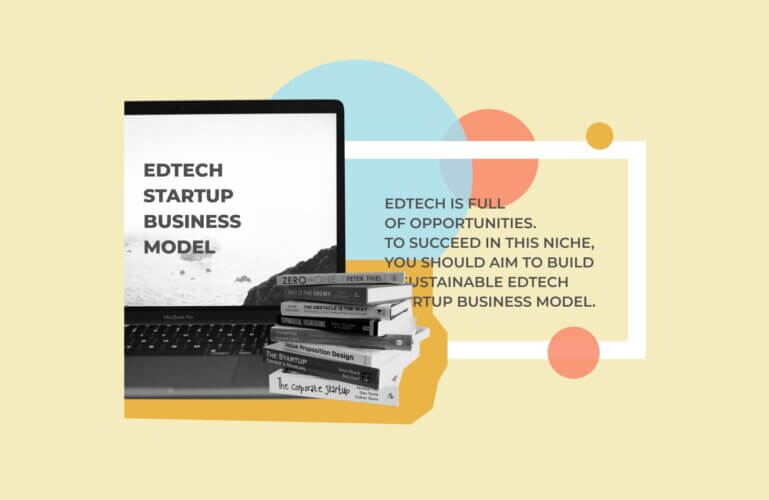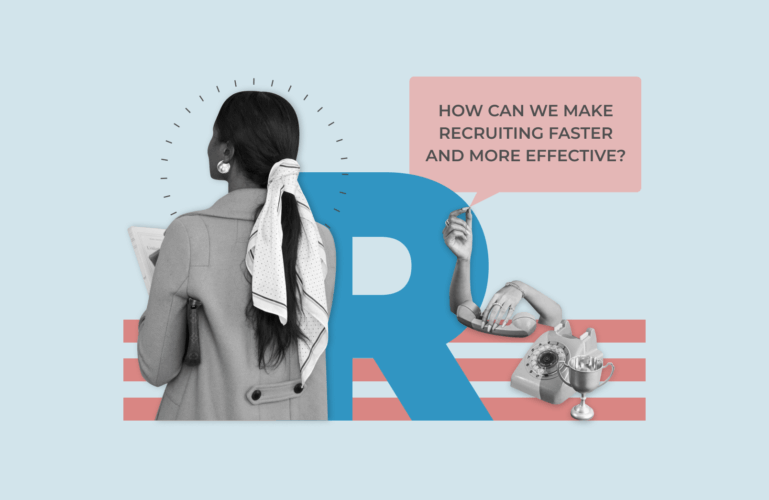Around 90% of startups run out of money or fail in their first year. A well-designed Minimum Viable Product can prevent most of these failures. Here’s everything you need to know about Agile MVP development.
What is MVP in Agile development?
An MVP is a basic version of a new product with just enough features to satisfy early customers and collect maximum feedback.
- Minimum: a basic set of features and capabilities which is …
- Viable: provides value to the customers so that they are ready to pay money for a…
- Product: ready to use today.
At MindK, we advise most of our clients to develop an MVP, as it answers one of the most important questions for a startup founder: Are people ready to use your product and pay for it? Putting an MVP in user hands allows you to validate assumptions and avoid uninformed decisions and sunken costs.
Agile MVP development step by step
To develop an MVP in Agile methodology, you must first define the problem. Then, come up with a minimum set of features to solve the problem, and get feedback from real users. Now, let’s look at this in detail.
Step 1. Identify a problem worth solving
Put yourself in the customer’s shoes and try to answer the following questions:
- Why do I need this product?
- What can this product enable that I couldn’t do before?
Entrepreneurs sometimes become obsessed with an idea to the point of forgetting about the problem it solves. So identify a need at the very beginning – why your product should exist, and determine the success criteria (it should be more than one metric).
Take, for example, Uber. It solves two big problems: helping car drivers find clients and finding cars for passengers. Uber started with a simple mobile interface used by a small group of users with restricted access. As the company evolved, the app got more and more capabilities like live driver tracking, fare sharing, instant credit card payments, and so on.
Another example of an Agile MVP is a San Francisco startup called Service Call. Its founder wanted an app for electricians, plumbers, and other technicians to do preliminary estimations and easy fixes by phone. He estimated that such tasks account for about ¼ of a technician’s job. However, building the app required a video chat, authentication with credit card details, custom payment processing, failed call recreation, three distinct user types, and much more.
The MVP was estimated to cost at least $100,000. Twice as much for a fully–functional app. So, we had to get even more minimal:
- Customize Daily.co SDK for WebRTC video streaming.
- Leverage Stripe API for customer authentication and secure payments;
- Add SMS messaging with Twilio API.
Instead of a traditional five-person team, the entire project was done by just one Solution Architect. By using our proprietary AI framework for as many tasks as possible, our client saved almost three months of development time and $178,000.
Check out the case study for more details about the strengths and weaknesses of AI–driven MVP development.
Step 2. Analyze competitors
After the idea is determined, it is essential to check if related products are already on the market.
Neglecting competitor analysis and putting blind trust in the uniqueness of your product may be an ominous threat to the project’s success. For example, Service Call had a pretty unique idea, without a single app on the market using the same combination of integrations.
However, market analysis is critical even if you think you have no direct competitors. You can use tools such as Google Trends, SimilarWeb, Crunchbase, LinkedIn, and many others to check whether there is some new “player” or something has changed with the permanent leader. Don’t hesitate to take over good ideas from your rivals and learn from their mistakes.
There are a plethora of AI tools that can help you with competitor research. Just beware of hallucinations, as usual.
Source: There’s AI for That
Step 3. Find opportunities to solve the problem (list the features)
As already mentioned, the main idea of the MVP is launching the simplest version of the product containing enough functionality to test fundamental questions such as:
- Is there a real problem?
- Is the problem significant for people?
- Can the solution solve this problem?
To generate possible functionality for your Agile MVP, focus on solving your target audiences’ pain points. For this purpose, you can use the “How Might We” opportunity statement.
For example, “How might we make it easier for users to book appointments?“.
From our experience, AI can be a great brainstorming partner, helping you transform the pain points into feature descriptions. Ask it to detail the business logic, request adjustments, and even generate isolated software modules.
Keep in mind that AI still requires extensive software development knowledge to provide production-ready code.
Step 4. Prioritize features
After the features are listed, you need to identify the core of your first version. This is super important because the Agile MVP approach should involve the most valuable features with a focus on problem-solving.
There are several ways to figure out must-have functionality for your product:
- The Pareto principle
80% of consequences come from 20% of causes. This is an empirical principle, which means that many phenomena in the world, including product development, comply with this ratio.
Following this principle, 80% of your users will only use 20% of the functionality. So, you don’t have to spend months polishing your product before launch. Write down the full list of the functionality of the future application and determine the 20% that will cover 80% of user needs.
- Prioritization matrix
The prioritization matrix is quite a simple tool that allows sorting a varied set of features by order of importance. The main goal of this matrix is to define MVP features that are essential at the current stage and those that can be postponed for later releases. It categorizes features in terms of urgency and impact.
- MoSCoW method
The MoSCoW method divides your features into Must-Haves, Should-Haves, Could-Haves, and Won’t-Haves. Using the MoSCow Matrix, you can review the entire business idea, features and functionality, and “carve” the most necessary product features for market delivery.
A solopreneur can use AI to make each method faster and more fun. However, none of them replace human decision-making. These methods just help everyone agree on the terms or goals of a product.
The ideal prioritization method for your product should action a few essential things:
- Involve every team member, stakeholder, and in some cases, customers.
- Bring practical results and provide information that will help you improve your product strategy.
- Encourage team members to think about how any idea affects the goals of the product and prioritize based on this.
- Help you get rid of meaningless and useless ideas.
Try different approaches to get feedback and measure performance. Identify the one that meets your needs.
Step 5. Develop the MVP using the Build-Measure-Learn loop
When your features are mapped out and prioritized – begin the MVP development.
Remember that in Agile development, MVP is just a stepping stone and the start of a Build-Measure-Learn feedback loop, allowing you to improve the product gradually.
The goal of the cycle is to transform doubts and assumptions into knowledge that the startup can use to develop the product, measure client response, and decide whether to pivot or persevere.
Let’s look at how each of these three stages works. As an example, we’ll use the Melody app created by a team of Grammy Award-winning, multi-platinum producers:
- Build: Deliver the product to users ASAP. The team of producers assumed other musicians found it so tedious to search for the right beats and loops that they’d pay for an app that solves the problem. To verify the assumptions on a shoestring budget, we suggested building a Progressive Web Application (PWA) that performs great on various devices. The project took less than five weeks and $20,000 to complete.
- Measure: define whether there’s real progress. The producers showed the Melody app MVP to investors. They provided the funds needed for the 2.0 version, along with some great feedback. What’s more, the app got traction among early users.
- Learn. The startup decides whether to persevere or pivot. Producers behind The Melody App learned that most of the usage came from smartphones. To improve the mobile experience, the team started the work on new features and dedicated iOS and Android apps. Today they have thousands of active users who share loops and create new melodies daily.
Read The Melody App case study
Step 6. Iterate or Pivot
Sometimes, user feedback may verify your beliefs and show that you have chosen the right path (as in the case with The Melody App). Sometimes, it shows that you’ve slipped up and are going in the wrong direction.
To build a product that people will fall in love with, keep in mind that:
- Listening to your users is vital.
- You are creating a product to benefit your clients’ lives.
- Asking users what they want is helpful.
Keep this information in view during each step of MVP development to avoid the most common and dangerous mistakes we’ll describe below.
Top mistakes to avoid with Agile MVP development
Here are some critical points that can lead to an MVP failure.
#1. Audience wide as an ocean, deep as a puddle
Don’t try to reach out to everybody with your MVP. You have a much higher chance for success when you know exactly who you’re talking to through your MVP.
Imagine you are invited to hold a workshop. The only thing the inviting party explain is that the workshop is just for “anyone who will come”. You’ll likely have dozens of questions at that time — the subject you will be presenting, the duration of the workshop, the sphere the audience works in, and so forth.
If you haven’t narrowed the niche, you risk spending a lot of money on development and marketing with no ROI or quality feedback. At this point, it might be useful to attend a Product Discovery Workshop with an MVP development company like MindK. You’ll work with experienced Business Analysts, Product Managers, and UI/UX designers to:
- Define your target audience and their hidden needs.
- Analyze competitors and pick a monetization model.
- Map satisfying user journeys and create the UX/UI.
- Develop the solution architecture.
#2. Listening to your perfectionism demon
You cannot be 100% sure you know exactly what potential users want. Most of these early assumptions about the product are likely to be wrong. So, you risk spending months of development time and effort on creating a product that doesn’t solve anyone’s problems.
So, make your MVP a simple and helpful tool. Make it available for your target audience as soon as possible. They will tell you what they like the most and what they hate so that you can build a complete product.
At this point, it’s a good practice to use AI, low-code, and no-code tools to accelerate the time to market. There are two distinct approaches here:
- Build a disposable proof of concept. The intent is to test assumptions and use the lessons learned to develop a fully-functional product. Our AI development framework can save up to 75% of your budget as no maintenance concerns exist at this point.
- Start with a non-disposable MVP you’ll upgrade in the future. Even with AI or low-code tools, this approach requires far more human work and expertise. So, the total savings go down from 75% to ~30%.
#3. Dropping the ball on user experience
UX/UI design is one of the fundamentals of product success that can improve conversion rates by up to 400%.
This does not mean that design should be drop-dead gorgeous or involve the latest trendy effects. Imperfections are acceptable. MVP design should be simple and handy, considering basic principles such as unity, balance, hierarchy, proportion, emphasis, and contrast.
When the design meets these requirements, it gets easier for the end-user to understand and use the product. Creating a good first impression is a basis for building trust.
Usually, there are no second chances to rectify a bad impression.
Simple design, yet functional design of an MVP for instant drug testing. Over time, MindK expanded the app to more than 400 healthcare services.
#4. Too many features in your 1.0 version
As a rule, additional features do not improve your Minimal Viable Product but complicate it.
Steve Blank, an American entrepreneur, educator, and author of books on startups, admits that MVP should have the smallest possible feature set that creates, gains and reduces pains for customers.
You can add features after testing assumptions with MVP and learning exactly what users really want. It is hard to believe, but almost 80% of the features in software are rarely or never used.
For example, how much of the Microsoft Excel functionality do you really use?
Thus, when you build an MVP app, focus only on the crucial moments. An incomplete set of functionalities is not good either, as it can prevent the product from gaining traction and reduce learning opportunities.
#5. Allowing the “minimum” to win over the “viable”
If you start focusing on minimizing the set of features, the product might end up covering neither the needs of your customers nor the business goals.
MVP is also about making sure you can help customers with their problem or even delight them in the process. Minimum Awesome Product (MAP) aims to make sure that people LOVE the product and will willingly tell their friends about it.
When there is no competition in the market, your MVP with fewer features and a simple design will be MAP by default. However, if competition is high, you’ll need to try way harder to build a MAP.
Source: medium.com
The hardest thing is that there is neither one single methodology to create an MAP, nor a universally applicable standard showing how it should look like. In part, this is because MAP is more emotion-based than MVP.
#6. Not learning from MVP development
According to The Lean Startup by Eric Ries, validated learning is “a small unit of progress that can be quickly verified to determine whether a chosen direction is correct.”
So, treat your MVP like a scientific experiment. Any feedback, whether good or bad, is equally important. It helps you understand your early adopters and improve the product to meet customer needs.
However, creating a quick and bad-quality product prevents validated learning. You can’t understand the reason why it failed: was it because of a bad idea or because the implementation destroyed the idea?
Conclusion
Knowing what is MVP in Agile gives you a head start to release a truly successful product. MVP development is a creative and challenging process. It requires analytical skills, business, and software development know how.
And this is exactly why startups often look for a trusted software development partner.
Here at MindK, we’ve completed over 170 MVP projects. Most of them have grown into large and successful products. If you want to get started with AI-driven MVP development or need an experienced team for your project, just contact us to set up a free, non-binding consultation.



